Olafur Eliasson’s climate-centric show takes Tate by storm
The Danish-Icelandic artist’s summerlong Tate Modern takeover begins with far-reaching retrospective and Terrace Bar treats
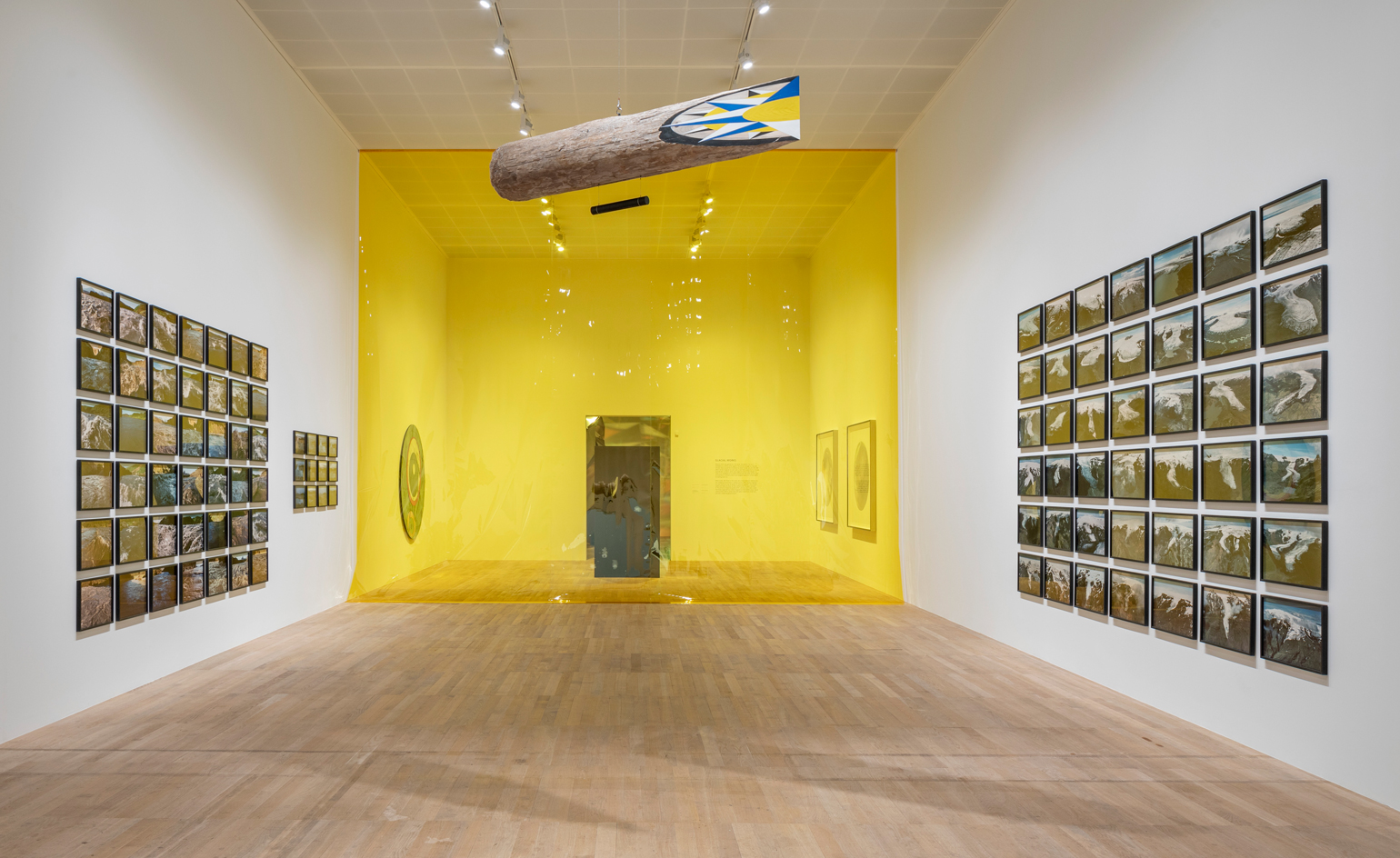
Bowlfuls of carbon-conscious, seasonal, and vegetarian fayre greet guests gathered for ‘Olafur Eliasson: In Real Life’ at Tate Modern’s Terrace Bar. If you’ve come to get closer to the globally recognised star-artist, to understand him ‘IRL', breaking bread is the place to start.
These bowls go deep. They represent Studio Olafur Eliasson’s message – of sustainability, community and experimentation – in its most elemental form. The Berlin studio (which comprises craftsmen, architects, archivists, filmmakers, administrators, cooks), is famed for its communal approach, typified by the daily lunches, cooked and eaten family-style on long benches. Think wholemeal sourdough and beet soup for the soul.
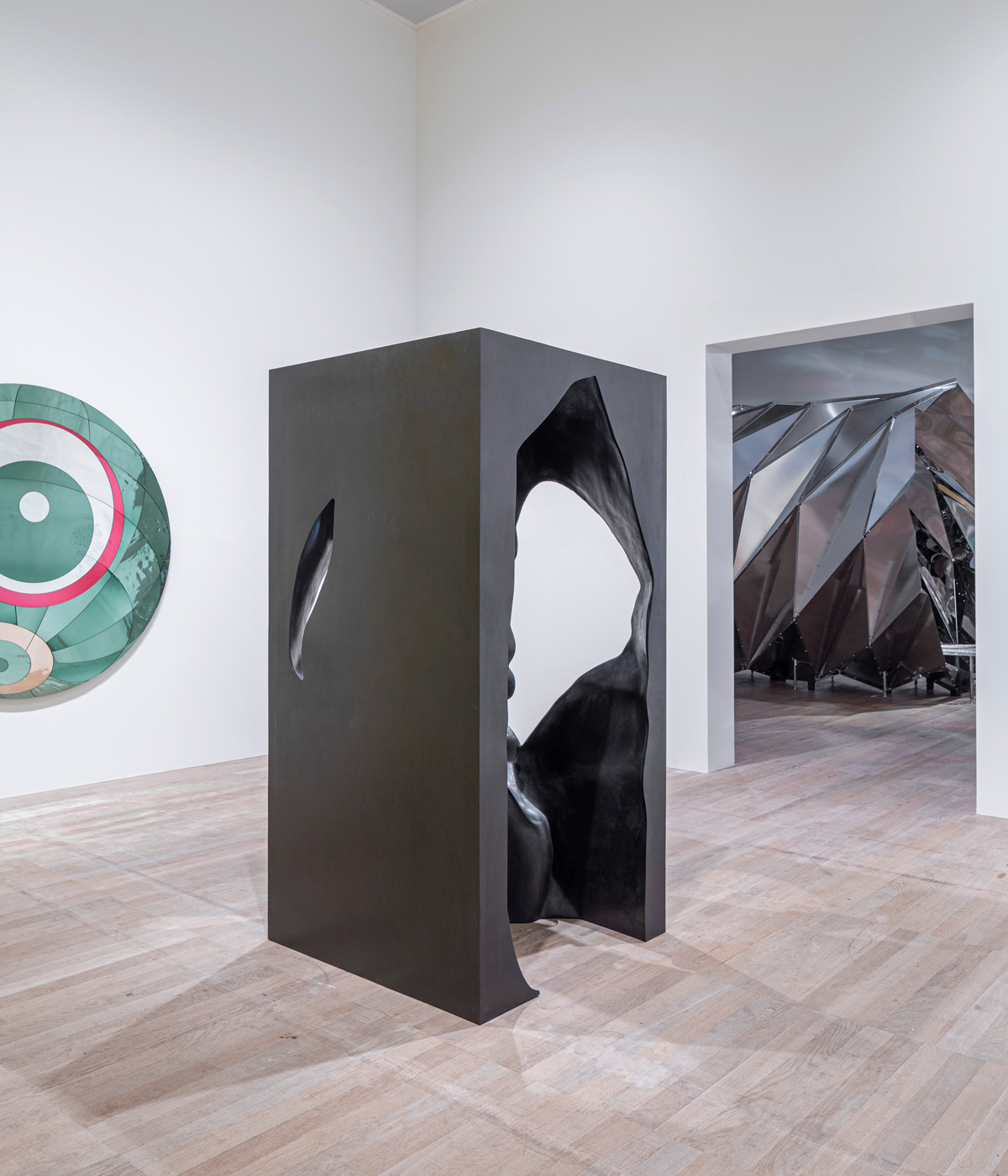
The Presence of Absence, by Olafur Eliasson, installation view at Tate Modern
The exhibition packs bellyfuls in. A 39m corridor of dense fog; 450 models, prototypes, and geometrical studies from the artist’s studio; a huge wall of reindeer moss from Finland – it’s an ambitious mesh of Eliasson’s three-decade long exploration of (among other things) climate change.
RELATED STORY
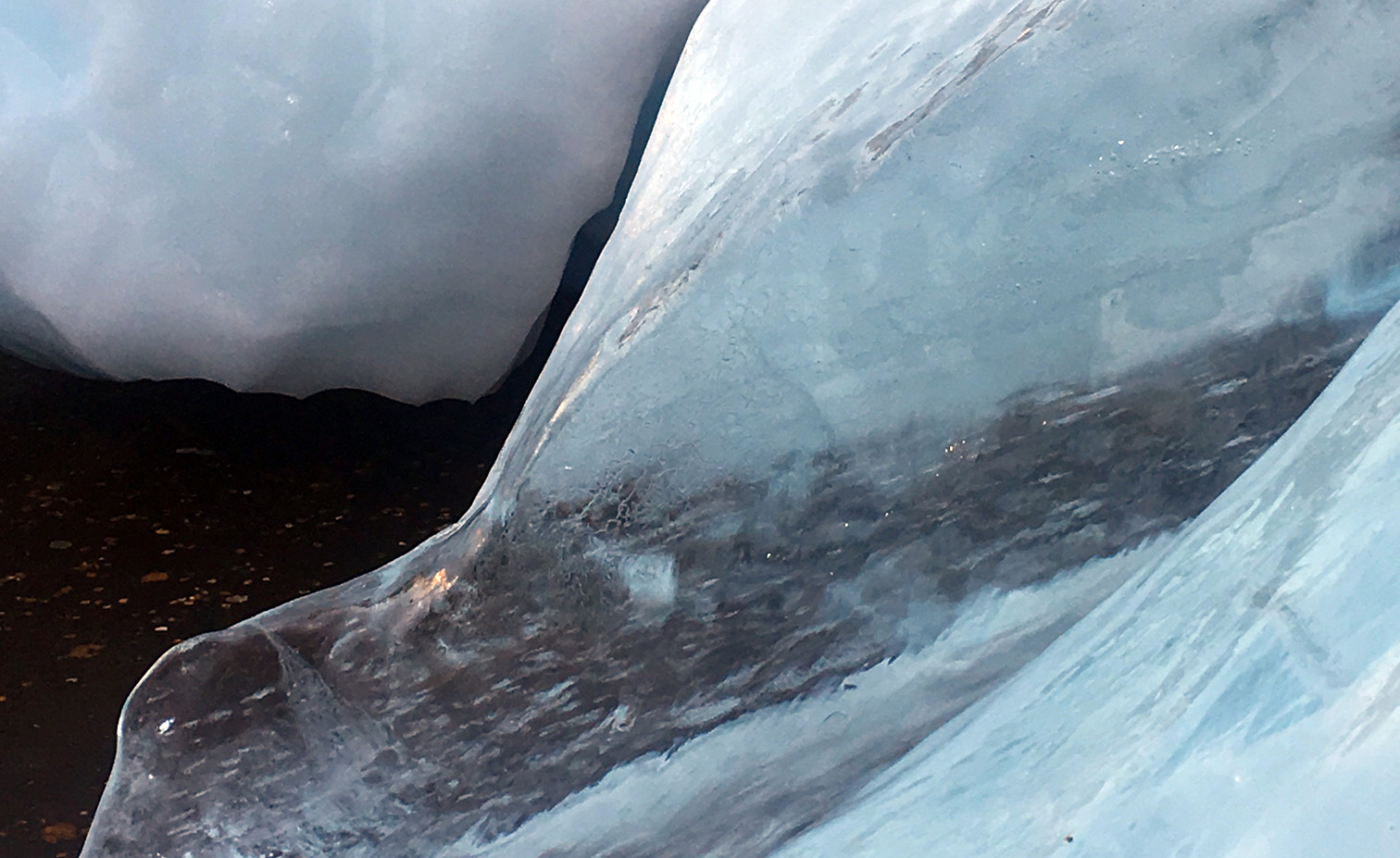
Outside, a dramatic Waterfall (2019) installation measures over 11m in height, with its exoskeleton of pumps and pipes on display. It’s positioned not far from where Ice Watch (an installation of glacial ice from Greenland) stood in December 2018, in a poignant curatorial decision that reflects the fragility of melting ice caps. Inside, the theme ruminates. One of the quieter exhibits, a series of photographs of Iceland’s glaciers taken by the artist in 1999, will be replaced in the autumn by a new artwork that incorporates the old series alongside photos taken 20 years on, illustrating the changes in this landscape that are happening now.
In a continuation of his Tate takeover – which, for the institution, no doubt presents exciting opportunities to replicate the blinding success of Eliasson's glowing sun, that attracted more than two million people in 2003 – a city of white Lego will be dropped into the Turbine Hall later this month, upon which visitors can unleash their inner architect.

Waterfall, 2019, by Olafur Eliasson, installation view outside Tate Modern. Photography: Anders Sune Berg.
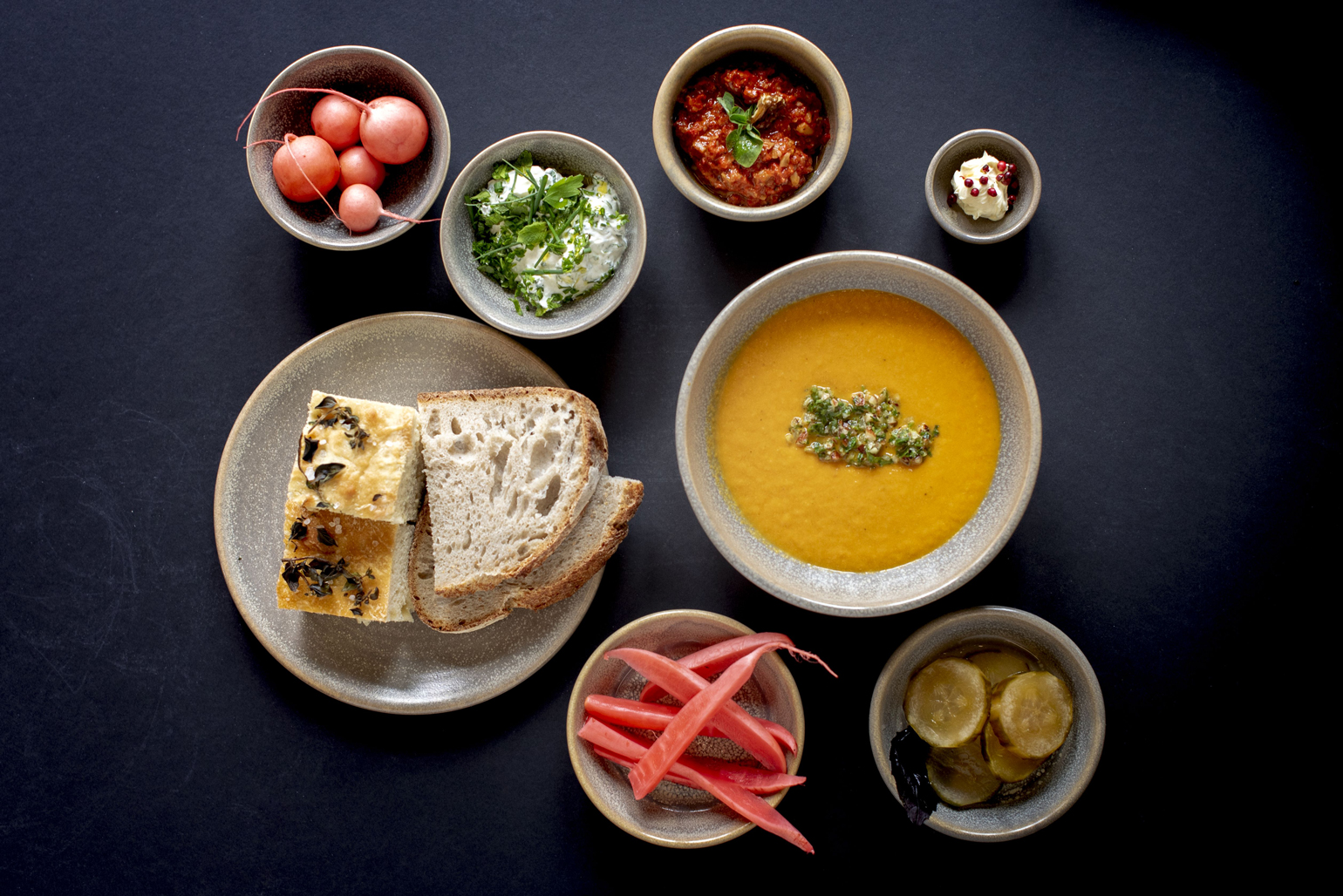
Terrace Bar food menu, developed with Studio Olafur Eliasson
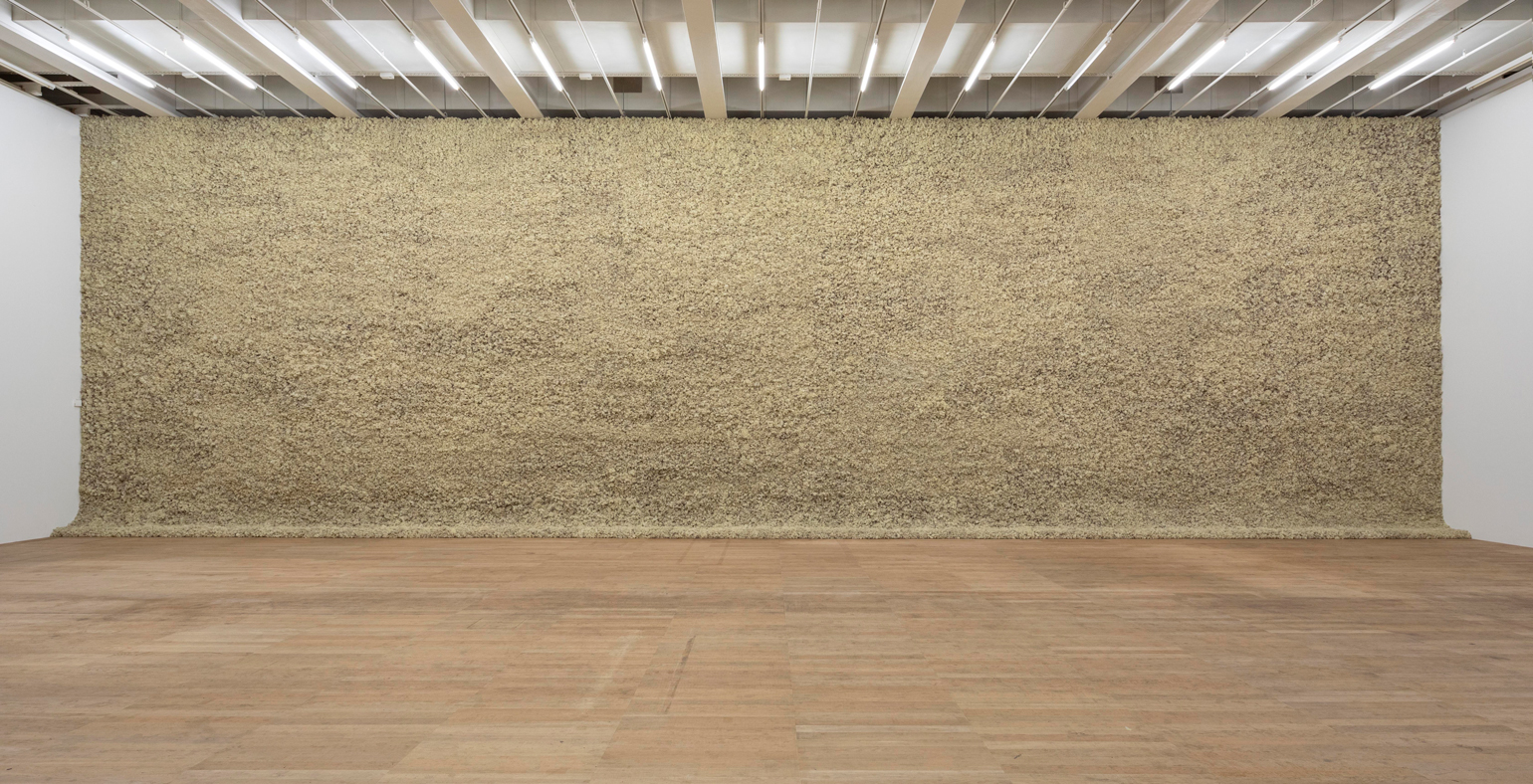
Moss wall, 1994, by Olafur Eliasson, installation view at Tate Modern, 2019. Photography: Anders Sune Berg. Courtesy of the artist; neugerriemschneider, Berlin; and Tanya Bonakdar Gallery, New York / Los Angeles. © 1994 Olafur Eliasson
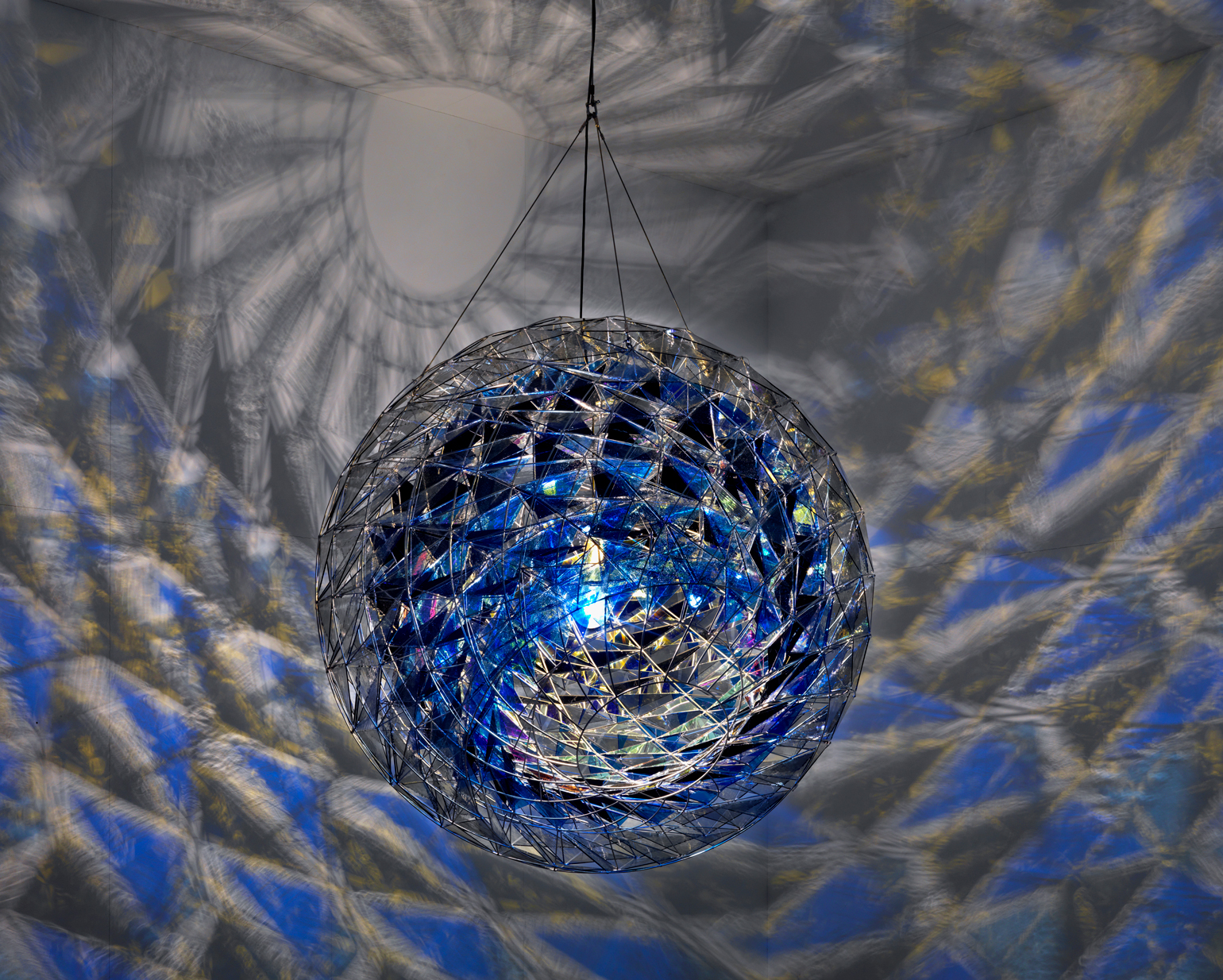
Cold wind sphere, 2012, by Olafur Eliasson, installation view at Tate Modern, 2019. Photography: Anders Sune Berg. Gift of the Clarence Westbury Foundation, 2013. Centre Pompidou, Musée national d’art modern, Centre de creation industrielle, Paris. © 2012 Olafur Eliasson.
INFORMATION
‘Olafur Eliasson: In Real Life’, until 5 January 2020, Tate Modern. tate.org.uk
ADDRESS
Tate Modern
Bankside
London SE1 9TG
Wallpaper* Newsletter
Receive our daily digest of inspiration, escapism and design stories from around the world direct to your inbox.
Elly Parsons is the Digital Editor of Wallpaper*, where she oversees Wallpaper.com and its social platforms. She has been with the brand since 2015 in various roles, spending time as digital writer – specialising in art, technology and contemporary culture – and as deputy digital editor. She was shortlisted for a PPA Award in 2017, has written extensively for many publications, and has contributed to three books. She is a guest lecturer in digital journalism at Goldsmiths University, London, where she also holds a masters degree in creative writing. Now, her main areas of expertise include content strategy, audience engagement, and social media.
-
 A Xingfa cement factory’s reimagining breathes new life into an abandoned industrial site
A Xingfa cement factory’s reimagining breathes new life into an abandoned industrial siteWe tour the Xingfa cement factory in China, where a redesign by landscape specialist SWA Group completely transforms an old industrial site into a lush park
By Daven Wu
-
 Put these emerging artists on your radar
Put these emerging artists on your radarThis crop of six new talents is poised to shake up the art world. Get to know them now
By Tianna Williams
-
 Dining at Pyrá feels like a Mediterranean kiss on both cheeks
Dining at Pyrá feels like a Mediterranean kiss on both cheeksDesigned by House of Dré, this Lonsdale Road addition dishes up an enticing fusion of Greek and Spanish cooking
By Sofia de la Cruz
-
 The art of the textile label: how British mill-made cloth sold itself to Indian buyers
The art of the textile label: how British mill-made cloth sold itself to Indian buyersAn exhibition of Indo-British textile labels at the Museum of Art & Photography (MAP) in Bengaluru is a journey through colonial desire and the design of mass persuasion
By Aastha D
-
 Artist Qualeasha Wood explores the digital glitch to weave stories of the Black female experience
Artist Qualeasha Wood explores the digital glitch to weave stories of the Black female experienceIn ‘Malware’, her new London exhibition at Pippy Houldsworth Gallery, the American artist’s tapestries, tuftings and videos delve into the world of internet malfunction
By Hannah Silver
-
 Ed Atkins confronts death at Tate Britain
Ed Atkins confronts death at Tate BritainIn his new London exhibition, the artist prods at the limits of existence through digital and physical works, including a film starring Toby Jones
By Emily Steer
-
 Tom Wesselmann’s 'Up Close' and the anatomy of desire
Tom Wesselmann’s 'Up Close' and the anatomy of desireIn a new exhibition currently on show at Almine Rech in London, Tom Wesselmann challenges the limits of figurative painting
By Sam Moore
-
 A major Frida Kahlo exhibition is coming to the Tate Modern next year
A major Frida Kahlo exhibition is coming to the Tate Modern next yearTate’s 2026 programme includes 'Frida: The Making of an Icon', which will trace the professional and personal life of countercultural figurehead Frida Kahlo
By Anna Solomon
-
 A portrait of the artist: Sotheby’s puts Grayson Perry in the spotlight
A portrait of the artist: Sotheby’s puts Grayson Perry in the spotlightFor more than a decade, photographer Richard Ansett has made Grayson Perry his muse. Now Sotheby’s is staging a selling exhibition of their work
By Hannah Silver
-
 From counter-culture to Northern Soul, these photos chart an intimate history of working-class Britain
From counter-culture to Northern Soul, these photos chart an intimate history of working-class Britain‘After the End of History: British Working Class Photography 1989 – 2024’ is at Edinburgh gallery Stills
By Tianna Williams
-
 Celia Paul's colony of ghostly apparitions haunts Victoria Miro
Celia Paul's colony of ghostly apparitions haunts Victoria MiroEerie and elegiac new London exhibition ‘Celia Paul: Colony of Ghosts’ is on show at Victoria Miro until 17 April
By Hannah Hutchings-Georgiou